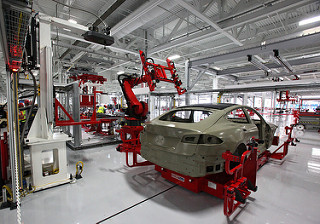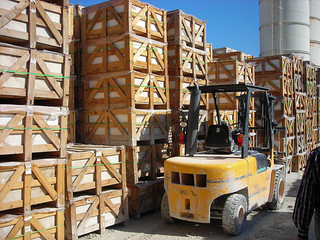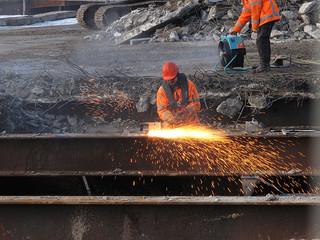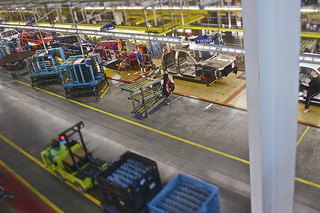Warehouses Are Hiring Humans Again Instead of Robots

Manufacturing workers have been losing their jobs to robots for several years. However, a surge in the number of customized orders has caused factories to start hiring humans again. This could lead to a new normal with coworking among humans and robots. Take a closer look at current hiring trends in the manufacturing industry.
Robots Are Prominent in the Workplace
Today, 10 percent of manufacturing jobs are performed by robots, but that figure is expected to rise to 45 percent by 2025. Currently, the cost of machinery and computers is too high to implement on a large scale. As the costs decrease, the manufacturing sector can expect more robots. Despite the increase in robots, however, the manufacturing industry also expects to create more jobs for humans will also be created to cowork with these robots.
Japanese auto factories serve as a prime example of coworking among robots and humans. Overall, these factories use more than 1,500 robots per 10,000 human employees. These robots are responsible for placing parts in cars and lifting heavy objects. In most cases, humans closely monitor their robot coworkers.
Robots Are Getting Smarter
Robots have the potential to do much more than lift heavy objects. Researchers at the University of Dresden believe that humans and robots can work together through wearable technology. To do this, a human can wear a glove or a jacket with movement sensors and then perform routine job tasks. The sensors record these movements, which can then be used to program robot movements. Wearable technology can even help program robots to perform tasks for customized orders.
A study from the Massachusetts Institute of Technology also reveals that humans can cross-train robots to perceive human preferences. In the study, a human worked with a robot to place screws into holes. The human placed a screw in a hole, and then a robot drilled it in. The robot was able to predict whether it should place the screws in batches or one at a time based on the human’s speed.
Could You Lose Your Job to a Robot?
For the most part, robots have replaced humans in manual labor positions. However, experts warn that skilled professions are at risk, too. This warning even extends to professionals in the health care industry. In most cases, it’s likely that robots and humans will cowork to enhance human productivity rather than replacing humans entirely.
Warehouses continue to hire more humans than robots. This is predicting market trends isn’t easy, and it takes time to program robots. Once a robot is trained to make a product, there may no longer be a demand for that item. The number of customized orders also plays a role in the need for humans in the manufacturing industry. Even though some workers will lose jobs to robots, the manufacturing industry still has a strong need for human employees.
It’s unclear whether employing more robots will have positive or negative effects on the economy. On the one hand, low labor costs and high productivity means the United States could regain more manufacturing jobs. On the other hand, robots could promote wage inequality because lower paid jobs would disappear more quickly. For now, however, humans are still critical to manufacturing.








